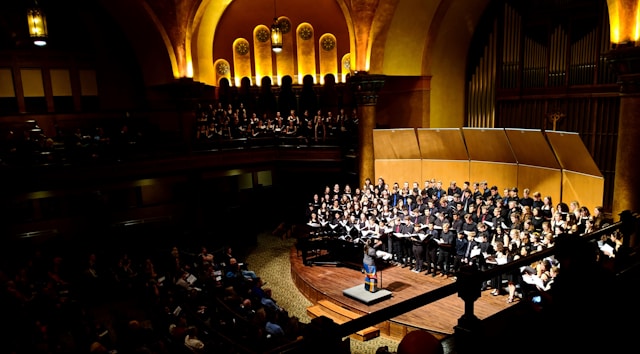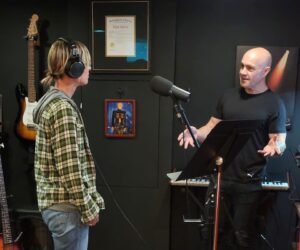So, your choir director says you’re an alto. Does that mean you can’t sing Mariah Carey songs? The short answer is no! Your choir classification does not define your full vocal potential. Unfortunately, traditional singing pedagogy hasn’t always kept up with modern vocal science, leading many singers to believe they are locked into a specific range for life. Let’s explore the truth behind voice classification and what it really means for your vocal ability.
1. Choir Classifications vs. Your True Range
Your choir director likely placed you as an alto based on what they hear in your speaking voice or natural chest voice. However, this is just for choral balance—it does not reflect your full range or potential.
Dr. Ingo Titze, a leading voice scientist, states: “The ability to extend range is not fixed at birth. With proper training, nearly all singers can increase their range by an octave or more.”
Even if you sing alto in choir, you may have the potential to hit soprano high notes—or even develop whistle tones like Mariah Carey!
2. The Myth of Fixed Vocal Limits
A common misconception is that basses, tenors, altos, and sopranos are biologically set in stone. However, structured vocal training can significantly expand your range.
Dr. Robert Sataloff, voice expert, explains: “Vocal folds are like any other muscle group—they adapt to the way they are trained. With effort, most singers can sing well beyond their initial range.”
This means that even someone classified as a bass could train into the soprano range with proper technique and consistent training.
3. What Choir Training Doesn’t Teach You
Choir is fantastic for harmony, teamwork, and vocal discipline, but it often doesn’t train techniques needed for pop, rock, or R&B singing.
Most choirs emphasize chest voice or head voice, while neglecting mixed voice—the key to powerful high notes.
Choirs typically don’t teach:
- Belting (strong chest-dominant high notes)
- Runs & Riffs (fast, intricate vocal transitions)
- Whistle Register (Mariah Carey’s signature technique)
- Vocal Distortion & Grit (common in rock and soul music)
To master these techniques, one-on-one vocal coaching is often necessary!
4. Singing is Like Sports: Choir vs. Lead Singing
A common mistake is treating choir singing and solo singing as the same discipline.
Choir Singing
✔ Emphasizes blend and precision
✔ Uses lighter vocal production for group singing
✔ Typically avoids extreme belting or vocal effects
Lead Singing
✔ Requires individuality & vocal stamina
✔ Uses stronger breath support & mix voice
✔ Often involves vocal runs, belting, and emotional connection
Choir singing is like driving a car, while lead singing is like piloting a boat—both get you places, but they require different handling.
5. Expanding Your Range & Style
If you want to sing like Mariah Carey, Whitney Houston, or Journey, you’ll need to train specifically for pop & rock techniques:
- Develop mixed voice for smooth transitions to high notes
- Strengthen vocal support for sustained belting
- Learn vocal agility for fast runs & riffs
- Practice vocal effects like grit and whistle tones
Voice Coach Jaime Vendera advises: “The biggest mistake singers make is assuming their current voice is their permanent voice. You don’t know what your voice can do until you push it systematically for at least two to three years.”
6. Final Thoughts: Don’t Let Labels Define You
Enjoy choir for what it is—a structured, beautiful art form—but don’t let it define your limits!
A choir director saying you’re an alto doesn’t mean you can’t:
- Expand your range
- Develop power in your high notes
- Learn pop, rock, or R&B techniques
If you’re serious about expanding your voice, work with a vocal coach who specializes in commercial singing styles. With consistent training, you may surprise yourself with what your voice is truly capable of.
Bottom line: Your voice classification is just a starting point, not a final destination. Keep training, keep exploring, and don’t be afraid to belt those Mariah Carey notes!








